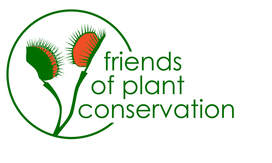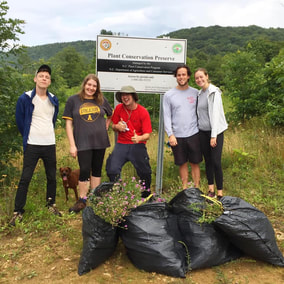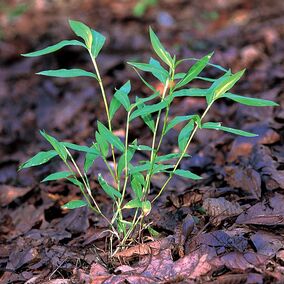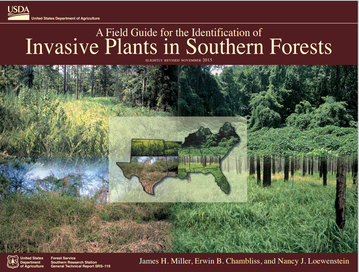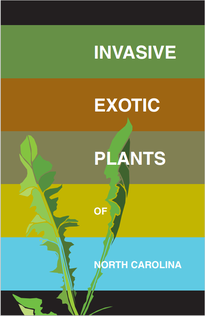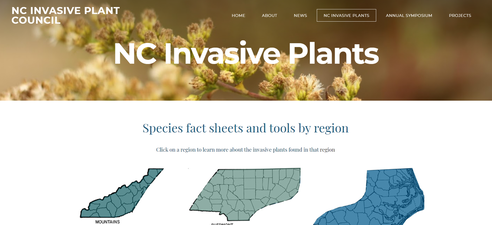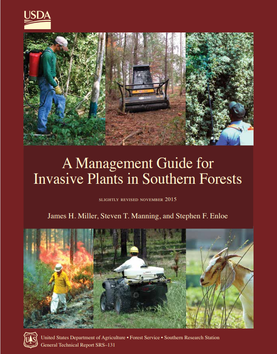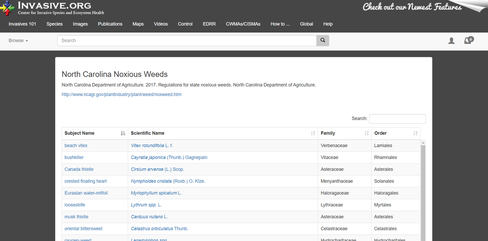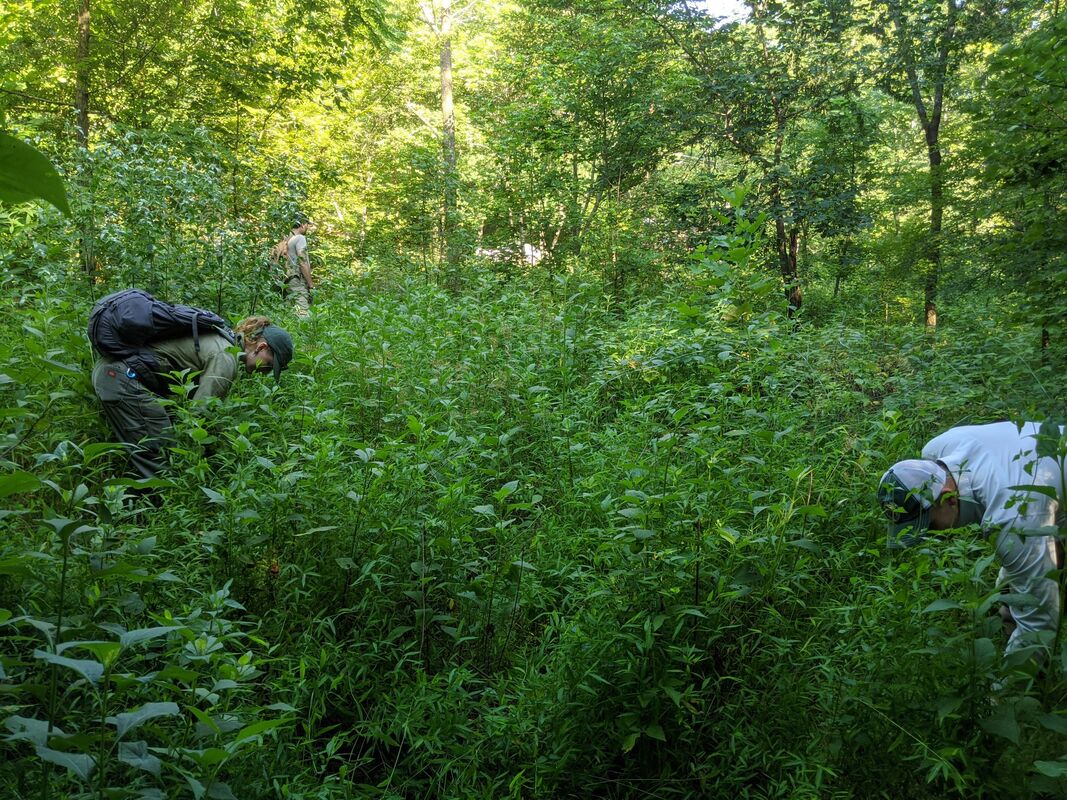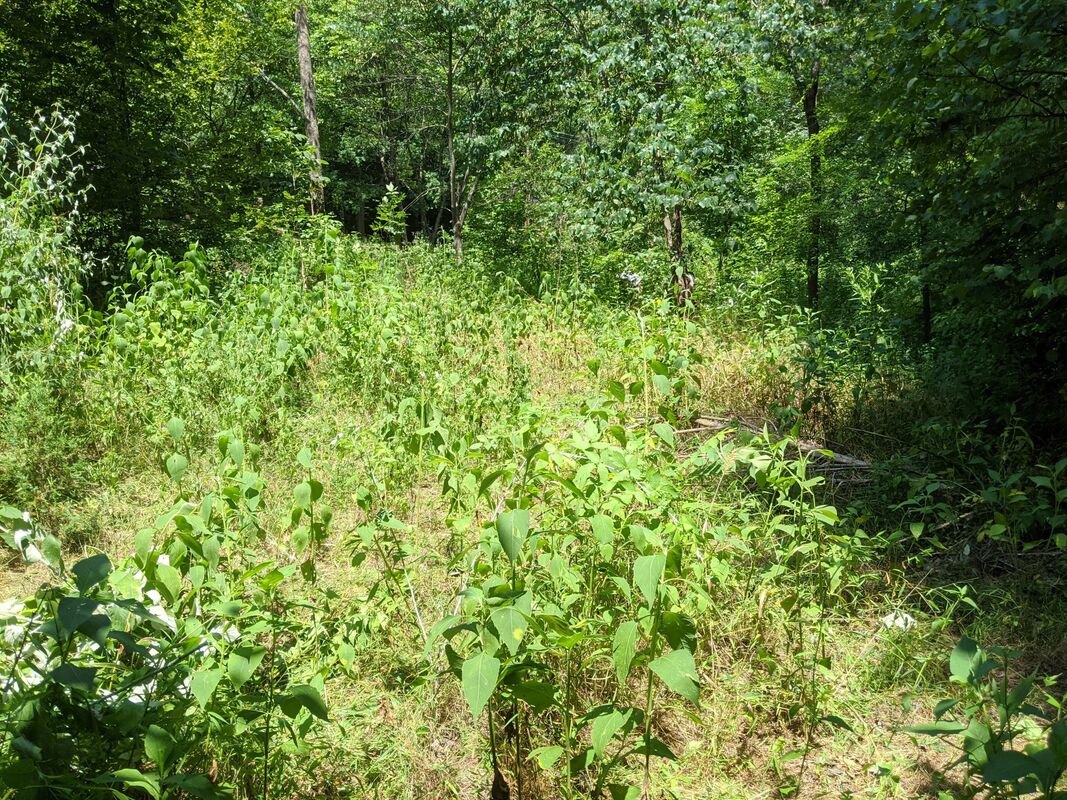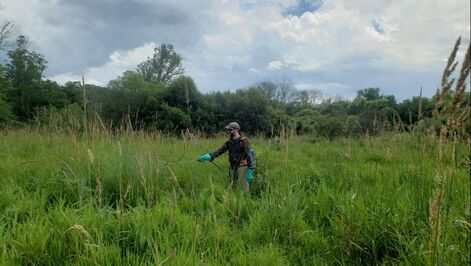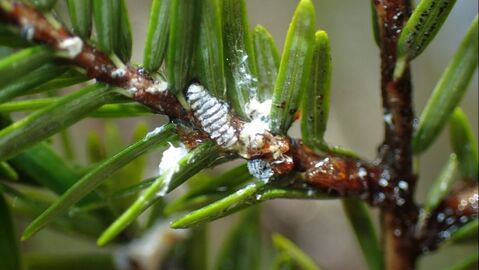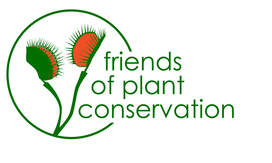Invasive
|
Resources for Identifying Invasive Species
Knowing how to identify invasive species is key to properly controlling them. Recognizing new infestations early, before they overtake natives or successfully reproduce, will make removal easier. Keeping up to date on new invasives as they arise is important as well as differentiating between non-native invasives and their desired native lookalikes.
|
A Field Guide for the Identification of Invasive Plants in Southern Forests:
Last updated in 2015, this free Forest Service field guide provides detailed identification notes on invasive species in the Southern Forests. Note, the species included are not specific the NC, rather all Southern States of the U.S.
|
Methods for Managing Invasive Species
|
There are three methods of invasive species management:
Mechanical management is optimal, however in situations where invasives will not be controlled with mechanical management alone, the use of chemicals is implemented.
|
|
Document and Report Invasive Species
New sighting of invasive species on PCP preserves should be properly documented with identification and location sighted. EDDMaps provides the ability to record and map sightings of invasive species and report them to land managers. Pest Tracker provides regional contact information for regulatory authorities you may contact for sightings or reporting.
NC Herbicide Applicator Licensing
NC Department of Ag, Pesticide License and Certification:
All PCP Staff are licensed to apply herbicide in the field as required by the NC Department of Agriculture. This link provides more information on the license and certification options and requirements for pesticide applicators in the state of North Carolina.
All PCP Staff are licensed to apply herbicide in the field as required by the NC Department of Agriculture. This link provides more information on the license and certification options and requirements for pesticide applicators in the state of North Carolina.
